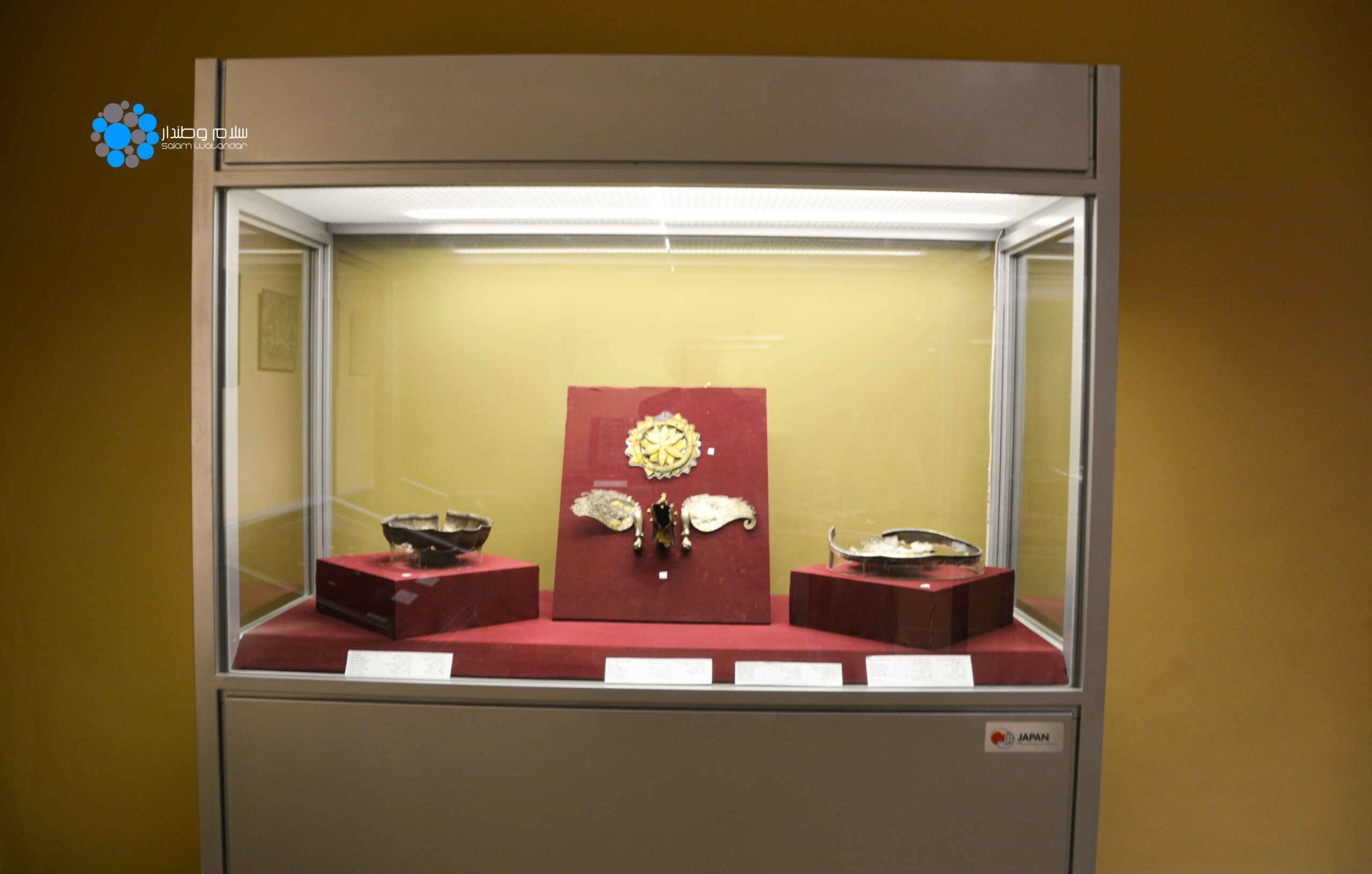KABUL (SW) – The Islamic Emirate officials have stated that in over two and a half years, more than a thousand ancient artifacts discovered from the Aynak copper mine in Logar province, which have been transferred to the National Museum in Kabul city.
These artifacts include Buddha statues, ornaments, coins, and weapons from the Kushan and Samanid eras from the 3rd to the 6th AD centuries.
Sebghatullah Abed, the head of the National Museum, says that there are still 10,000 remaining ancient artifacts in the Aynak copper mine. He adds that it is planned for 2,500 ancient artifacts from the Aynak copper mine to be transferred to the National Museum after registration and completing the documentation.
Abed emphasizes: “After the rule of the Islamic Emirate, 857 artifacts from the Aynak copper mine have been transferred to the National Museum, and still, in the year 1402, another batch of 540 ancient artifacts from Aynak have been transferred to the museum.”

Officials from the National Museum add that these historical artifacts were taken out of the Aynak copper mine by domestic and foreign explorers.
Yahya Mohebzada, an archaeologist, says, “The lack of a standard national museum is one of the major challenges for preserving ancient artifacts. We do not have a storage facility that meets our needs in the museum.”
Previously, officials from the Ministry of Information and Culture had stated that mining activities at the Aynak copper mine would proceed while preserving historical heritage.






